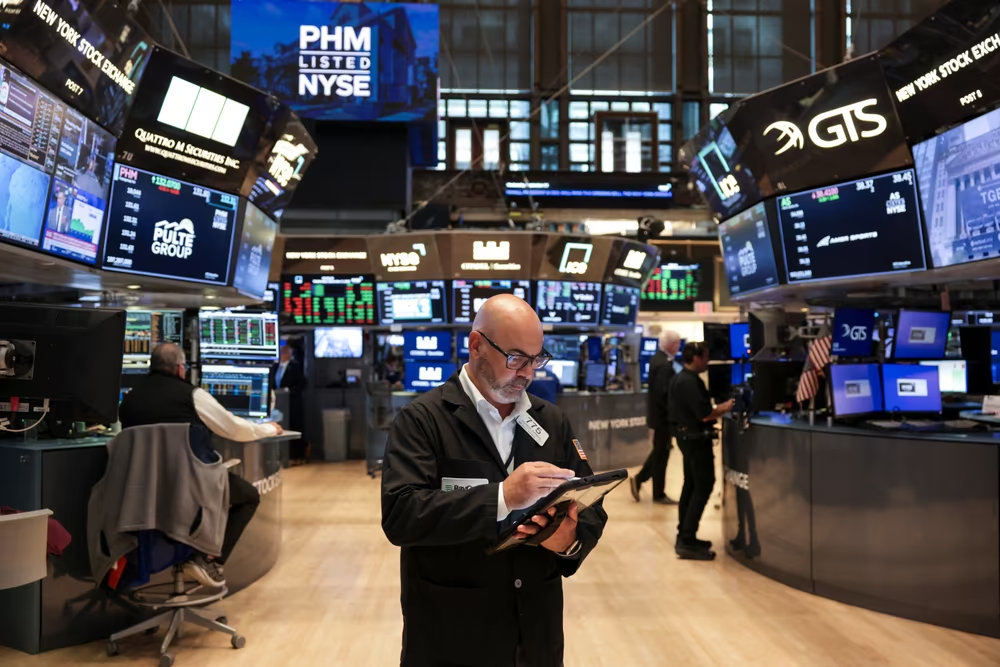Introduction
Natural gas futures are among the most volatile and widely traded energy contracts on the global futures markets. As the world shifts toward cleaner energy sources and grapples with supply shocks, natural gas futures continue to offer high-impact opportunities for traders seeking directional plays, hedges, or intraday volatility.
In this environment, natural gas remains central to global energy policy, balancing between fossil fuel phaseouts and short-term reliability demands. Whether you’re a macro-driven investor or an intraday futures scalper, mastering natural gas futures is key to navigating energy market cycles.
This comprehensive guide covers contract specs, market dynamics, trading strategies, risk management, platform options, and more, all tailored to help you trade natural gas futures confidently.
What Are Natural Gas Futures?
Natural gas futures are standardized exchange-traded contracts that allow market participants to buy or sell natural gas at a predetermined price for future delivery. Traded primarily on the NYMEX (part of CME Group), these contracts serve as a benchmark for North American prices and influence global LNG markets.
Key Specs – Natural Gas Futures Contract
| Field | Value |
|---|---|
| Symbol | NG |
| Exchange | NYMEX (CME Group) |
| Contract Size | 10,000 MMBtu |
| Tick Size | $0.001 per MMBtu |
| Tick Value | $10 |
| Minimum Fluctuation | $0.001 |
| Settlement | Physical (can be cash-managed) |
| Expiration | Monthly |
Example: A $0.05 move = $500 gain or loss per contract.
Why Trade Natural Gas Futures?
- Extreme Volatility – Price swings of 3–10% per day are common, offering rich short-term opportunities.
- Seasonal Trends – Winter and summer spikes in heating/cooling demand drive cyclical patterns.
- Macro Sensitivity – Prices react to storage data, LNG exports, geopolitics, and weather.
- Hedging Use – Utilities and energy firms hedge with NG futures.
Who Trades Natural Gas Futures?
- 🔌 Energy Producers – Lock in future selling prices for output stability.
- 🌡️ Utilities – Hedge input costs for power generation/distribution.
- 📈 Traders & Hedge Funds – Trade storage, weather models, macro news.
- 🧑 Retail Traders – Use micro contracts for directional plays with defined risk.
Related: Futures Trading Strategies in 2025
How to Trade Natural Gas Futures
Step 1: Understand the Product
Each NG contract represents 10,000 MMBtu — roughly the equivalent of heating ~120 homes for a winter month.
See also: What Is Futures Trading? Beginner Guide
Step 2: Choose a Trading Strategy
- 🔁 Trend Trading – Use EMAs to capture momentum swings.
- ⚡ News-Based Scalping – Trade EIA storage (Thursdays), CPI releases, or weather outlooks.
- 🧭 Seasonal Positioning – Go long pre-winter (Q3–Q4) or short after inventory peaks.
- 🔄 Spread Trading – Calendar spreads (e.g., long NGZ25, short NGF26).
Step 3: Manage Risk
- Always use bracket orders (entry + stop + target)
- Define position sizing rules
- Stay aware of margin calls during volatility spikes
Margin and Leverage in NG Futures
| Contract | Notional Value | Initial Margin | Tick Value | Leverage |
|---|---|---|---|---|
| NG (Full) | $28,000 | ~$4,200 | $10 | ~6.7× |
| Micro NG | $2,800 (1,000 MMBtu) | ~$420 | $1 | ~6.7× |
Use micro contracts for learning, scaling, or tight-risk strategies.
Example Trade: Winter Volatility Spike
| Contract | NGZ25 (Dec ’25) |
|---|---|
| Bias | Seasonal long, pre-winter |
| Entry | $2.90 |
| Target | $3.30 (Δ = $0.40 → $400/contract) |
| Stop | $2.75 (Δ = $0.15 → $150/contract) |
| Size | 2 contracts |
| Estimated Risk | $300 |
| Estimated Reward | $800 |
| R:R | ~2.7:1 |
| Confirmation | EIA storage trends + weather model consensus |
Best Platforms to Trade Natural Gas Futures
| Broker/Platform | Best For | Features |
|---|---|---|
| StoneX | Institutional execution | Global reach, energy contract depth |
| Edgeclear | Retail-focused margins | Low barriers, direct clearing access |
| Interactive Brokers | Macro hedge setups | Broad product range, LNG/global exposure |
| NinjaTrader | Advanced chart setups | Strategy builder, automation |
| AMP Global | Cost-efficient execution | Low commissions, strong futures access |
Natural Gas vs Crude Oil Futures
| Metric | Natural Gas (NG) | Crude Oil (CL) |
|---|---|---|
| Volatility | High (weather-driven) | High (macro-driven) |
| Seasonal Impact | Yes (winter/summer) | Yes (driving season) |
| Liquidity | Medium | Very High |
| Margin | Lower | Higher |
| Speculation Profile | Sharp and fast | Sustained trends |
Related: Oil Futures: 2025 Trading Guide
Glossary – Natural Gas Futures
- MMBtu
- Million British Thermal Units.
- EIA Storage Report
- Weekly U.S. gas inventory release (Thursday).
- Contango
- Front-month < deferred months.
- Backwardation
- Front-month > deferred months.
- Strip Trading
- Multi-month positioning (e.g., winter strip).
- Settlement Price
- Daily close used for margining.
- Henry Hub
- U.S. benchmark for NG pricing.
- LNG
- Liquefied Natural Gas exports impacting prices.
Next Step
Compare leading futures brokers and platforms for your energy strategies and risk profile.
Explore ReviewsConclusion
Natural gas futures remain one of the most dynamic and volatile contracts in global markets. With weather extremes, LNG exports, macro disruptions, and supply data all in play, NG futures present traders with constant risk-reward potential.
Whether you aim to capture seasonal cycles, hedge energy price shocks, or diversify into a leveraged commodity product, NG futures offer liquidity, leverage, and strategies for both retail and institutional market participants.
📍 Explore more futures trading strategies at bestfuturestradingplatform.com

